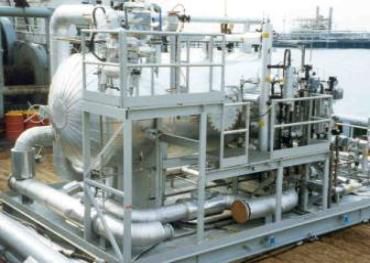Membrane Filtration
Microfiltration / Ultrafiltration
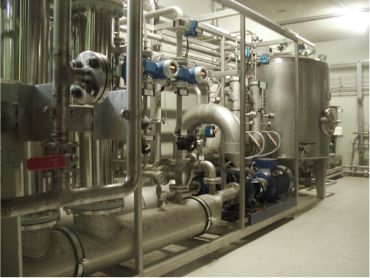
The principle of microfiltration and ultrafiltration is physical separation. The extent to which undissolved solids, turbidity and microrganisms are removed is determined by the size of the pores in the membranes. Substances that are larger than the pores in the membranes are fully removed through membrane filtration. Substances that are smaller than the pores of the membranes are partially removed, depending on the construction of a refuse layer on the membrane.

Microfiltration and ultrafiltration are pressure-dependent processes, which do not remove dissolved substances from liquids. Microfiltration and Ultrafiltration can also be used to reject emulsified oil droplets from water.
Microfiltration:
aprox. 0,1 µm up to 1 µm
Ultrafiltration:
aprox.1.000 Dalton up to 200.000 Dalton
(1 Dalton = 1 g/mol)
Nanofiltration / Reverse Osmosis

Reverse osmosis (RO) and nanofiltration (NF) are the processes of separating very low molecular weight molecules (typically <1500 Daltons) from solvents, most often water. The primary basis for separation is rejection of solutes by the membrane on the basis of size and charge. Unlike UF membranes, RO and NF membranes retain most salts, as well as uncharged solutes during the membrane filtration process. NF membranes are a class of RO membranes which allow passage of monovalent salts but retain polyvalent salts and uncharged solutes > ~400 Daltons. Reverse osmosis membranes are designed to separate all ions from the solvent.
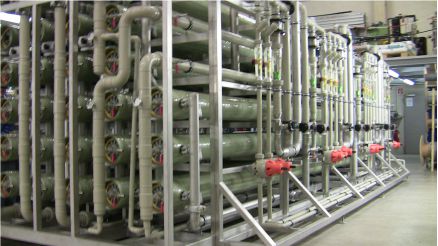

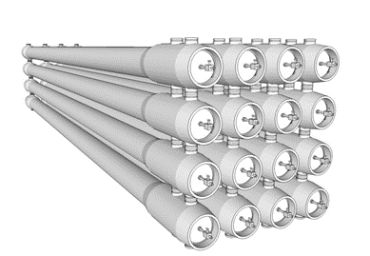
Ceramic membranes
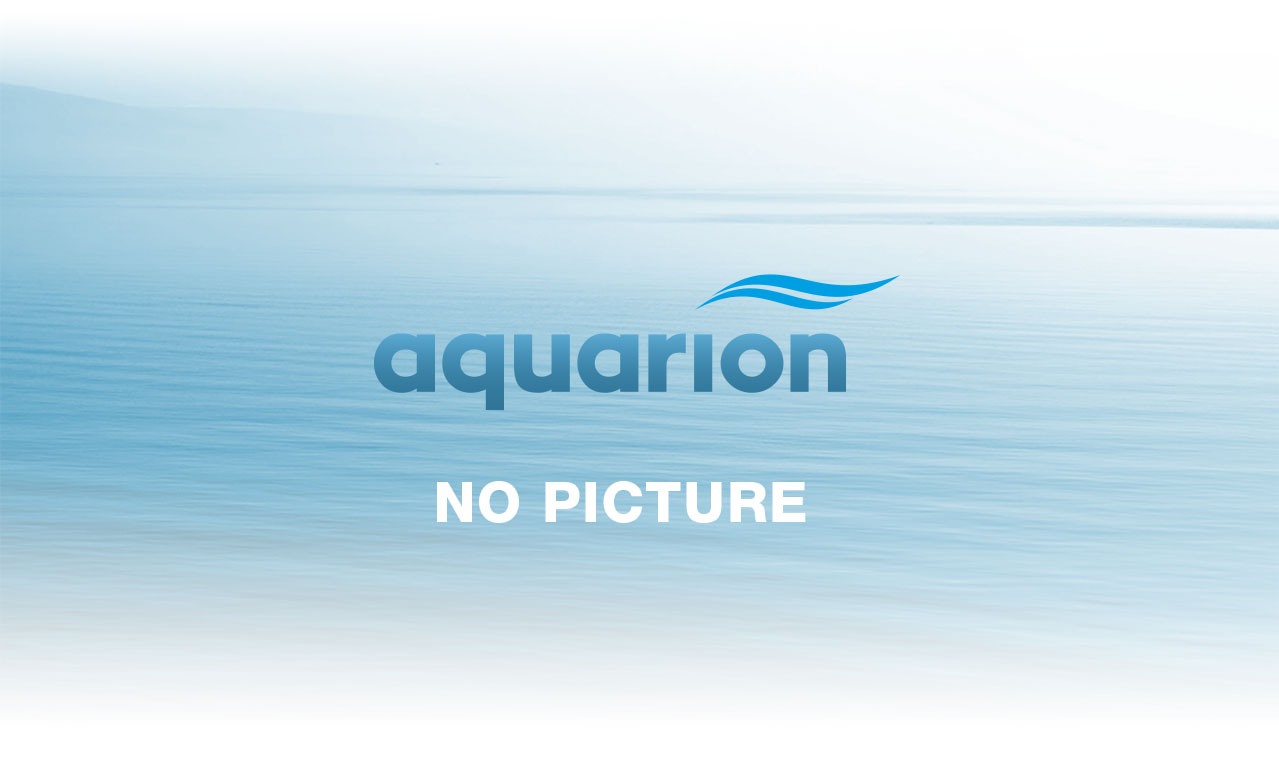
Ceramic membranes find application in a variety of industries such as upstream and downstream oil & gas, distilleries, chemical processing industries, food & beverages, textiles, tanneries etc.
Ceramic membranes are made from different metal oxides. Each oxide has a different surface charge in solution.
Wastewater to be filtered is passed through the membranes. Separation of particles depends upon size of the pores. Particles are obstructed if their size is larger than pore size, which is removed as concentrate. The filtrate is passed through the membrane pores which is collected as permeate.
Ceramic membranes are gaining substantial popularity in difficult wastewater treatment because of the various advantages, such as the ability to sustain at both high temperatures and pressure, increased tolerance to chemical attack, greater abrasion resistance and higher stability over a large pH range etc.

Degasification
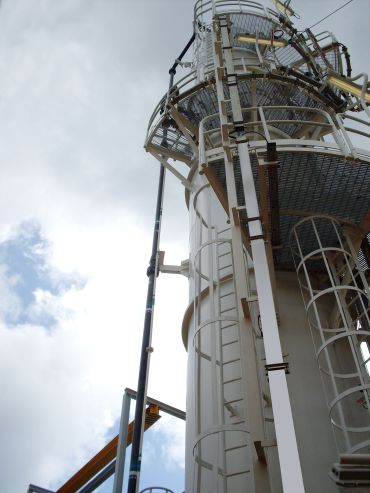
Degasification is the removal of dissolved gases from liquids, especially water or aqueous solutions. There are numerous possible methods for such removal of gases from solids. Gas-liquid separation membranes allow gas but not liquid to pass through. Flowing a solution inside a gas-liquid separation membrane and vacuating outside makes the dissolved gas go out through the membrane. This method has the advantage of being able to prevent redissolution of the gas, so it is used to produce very pure solvents.
